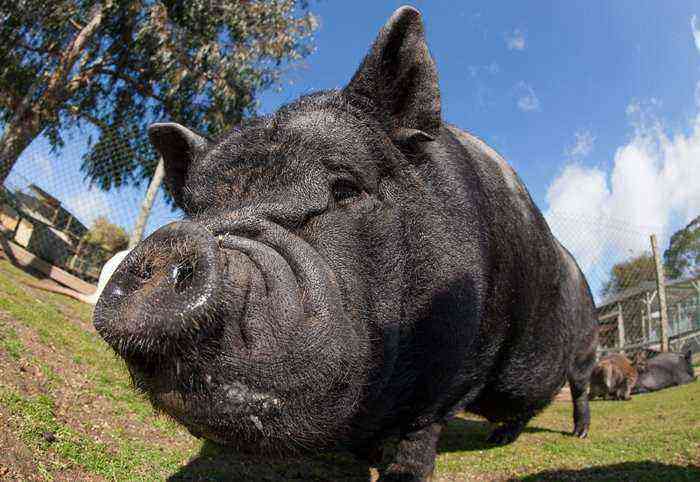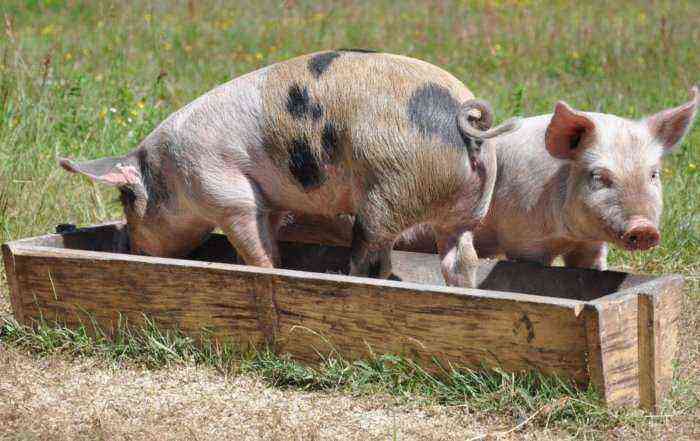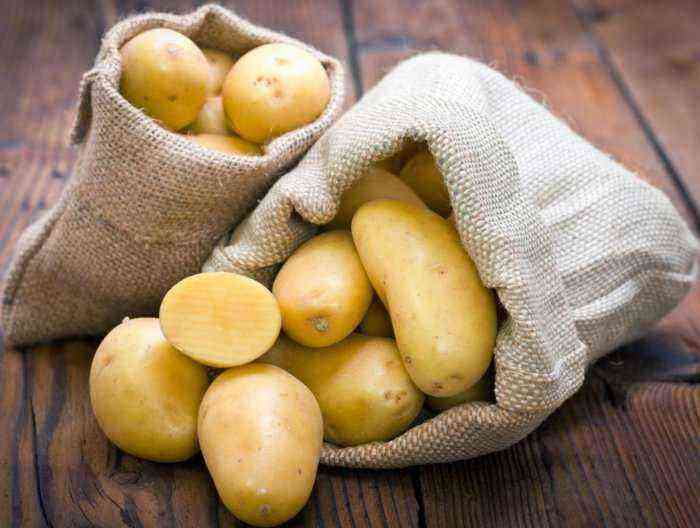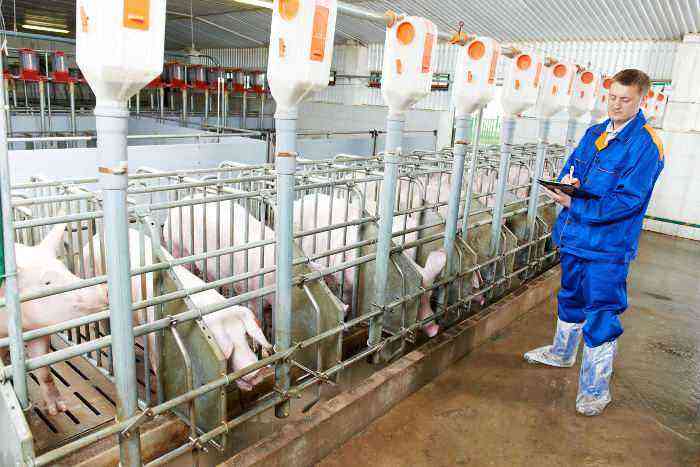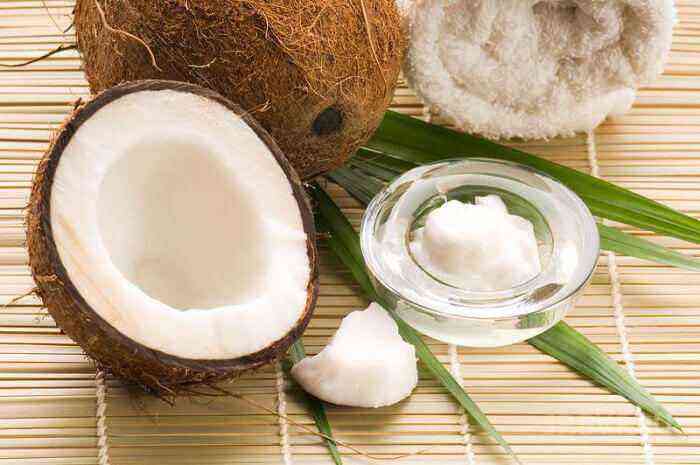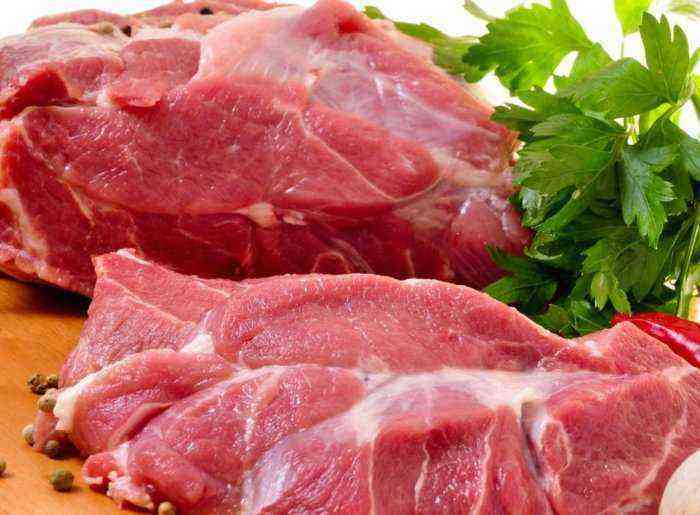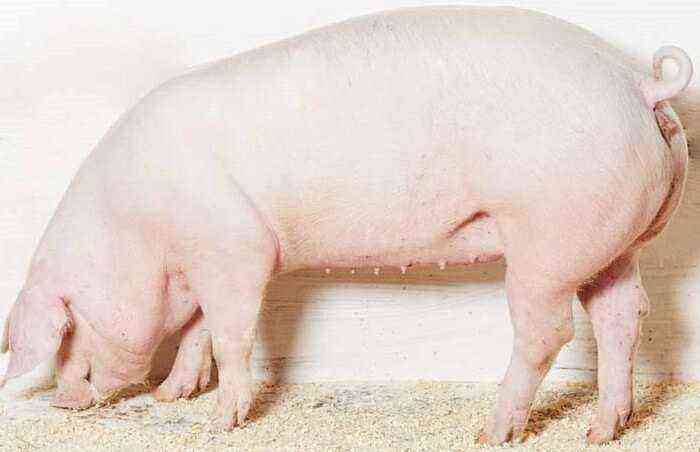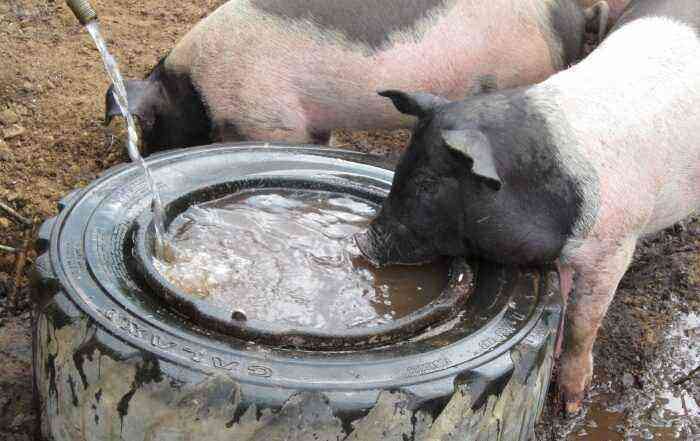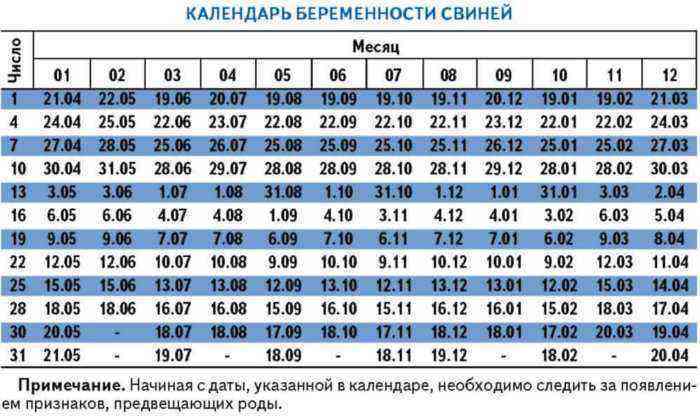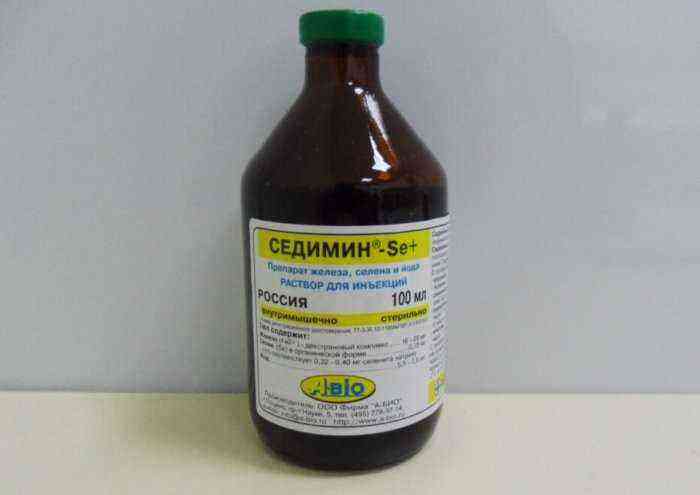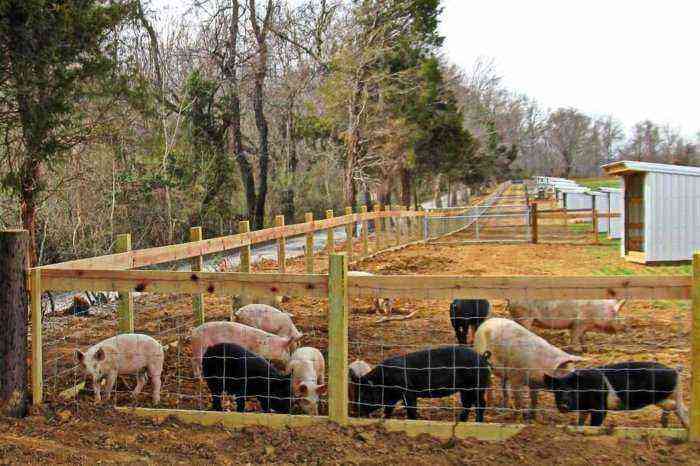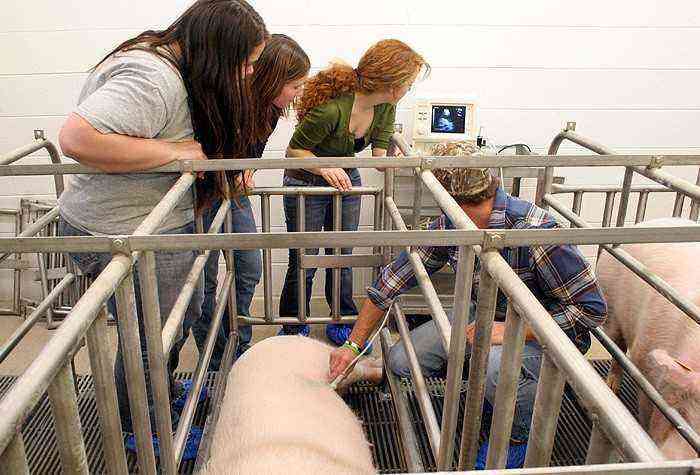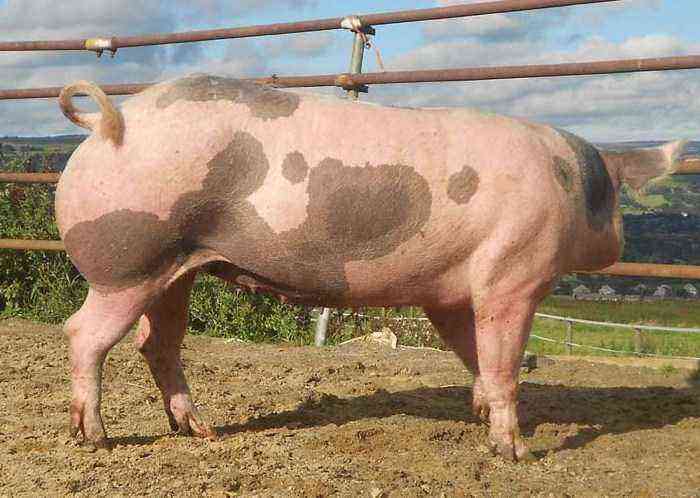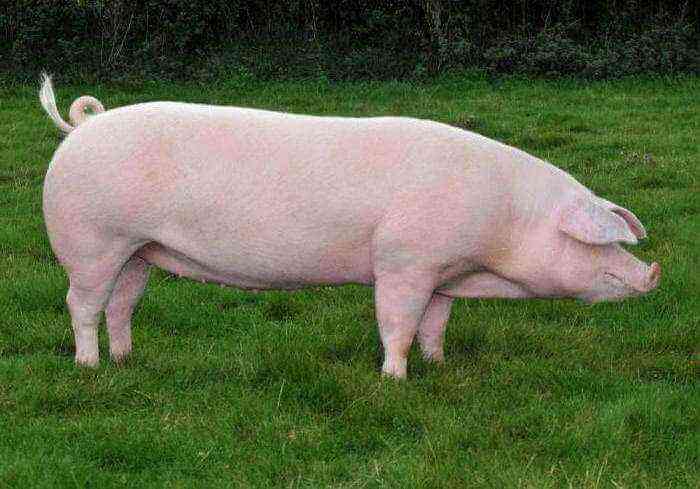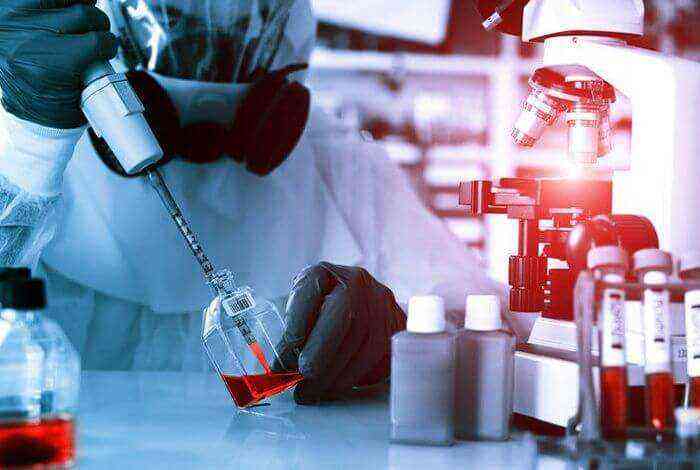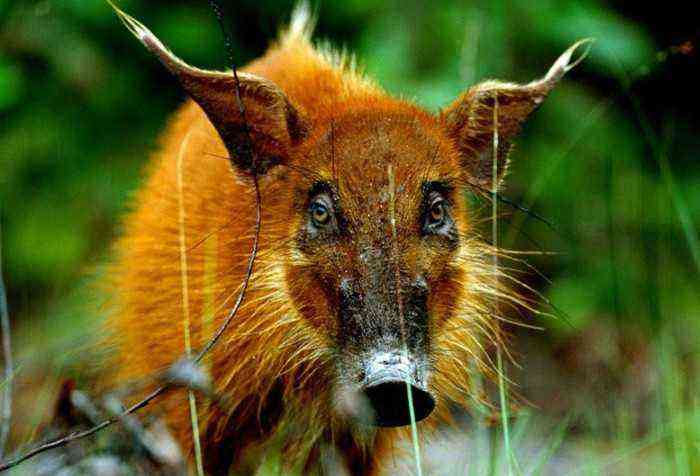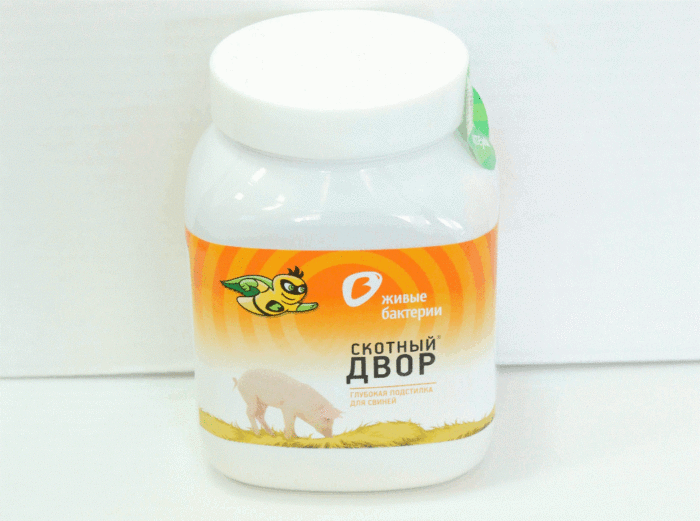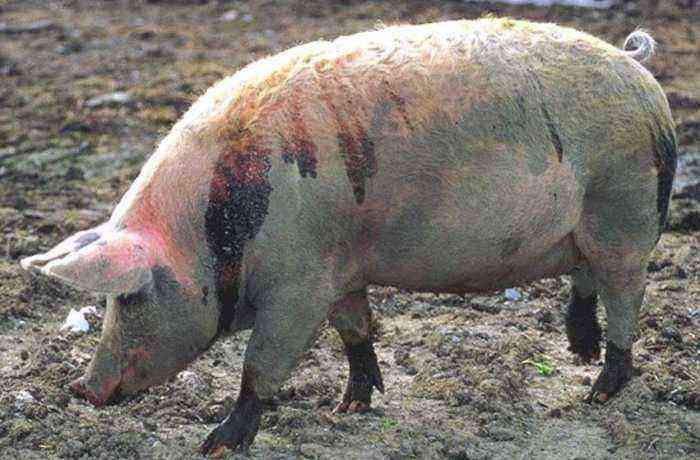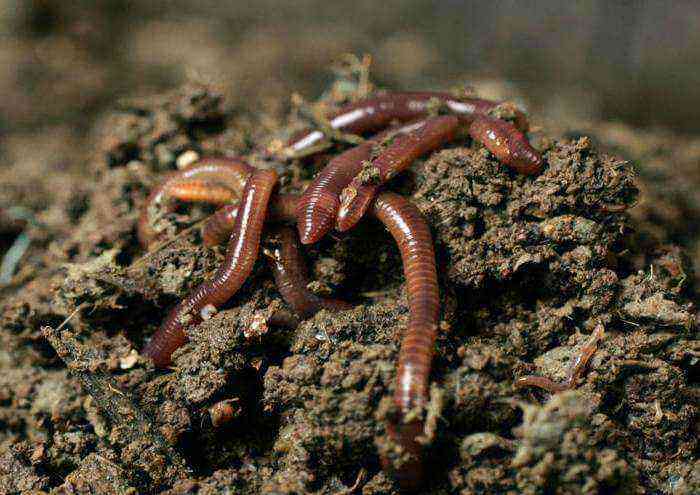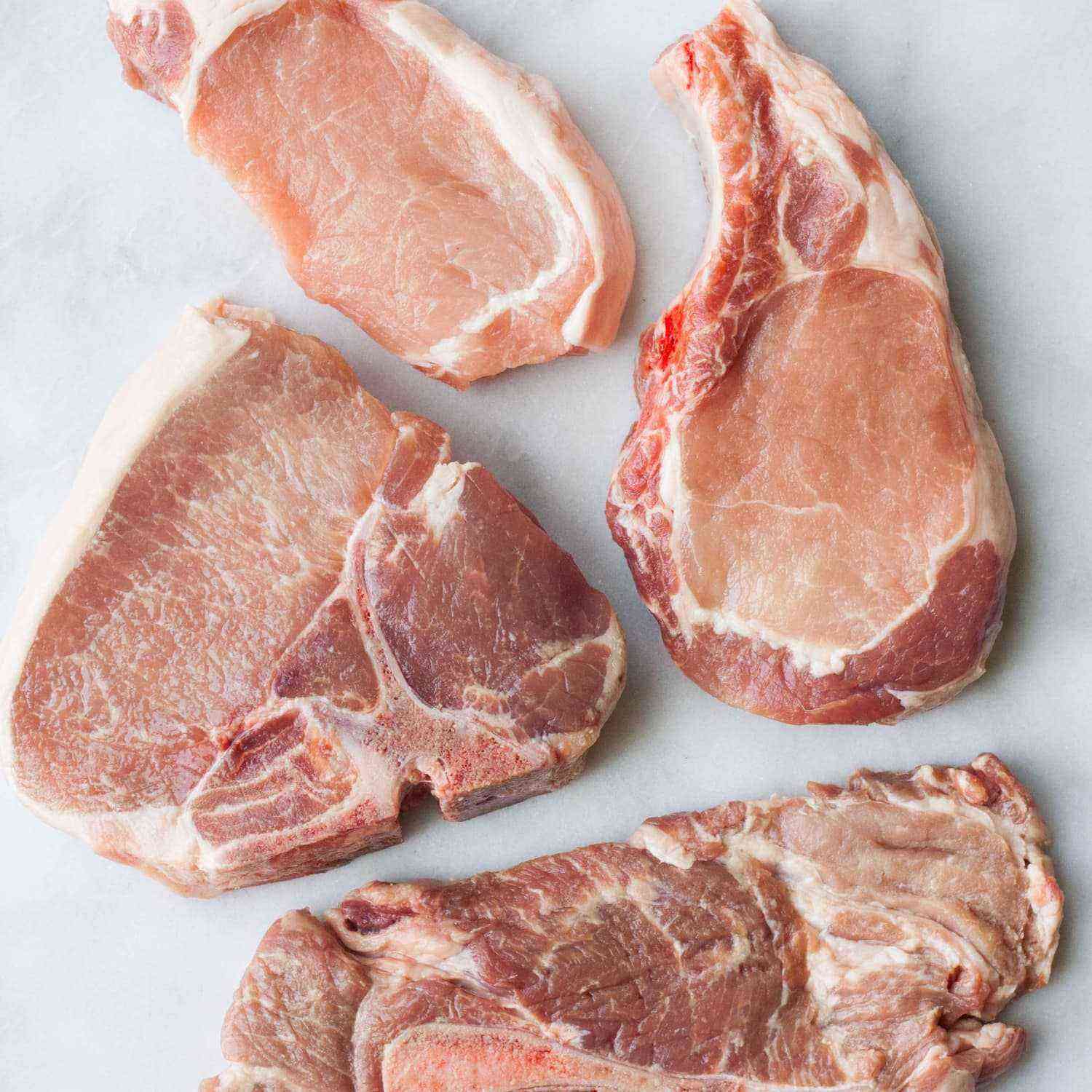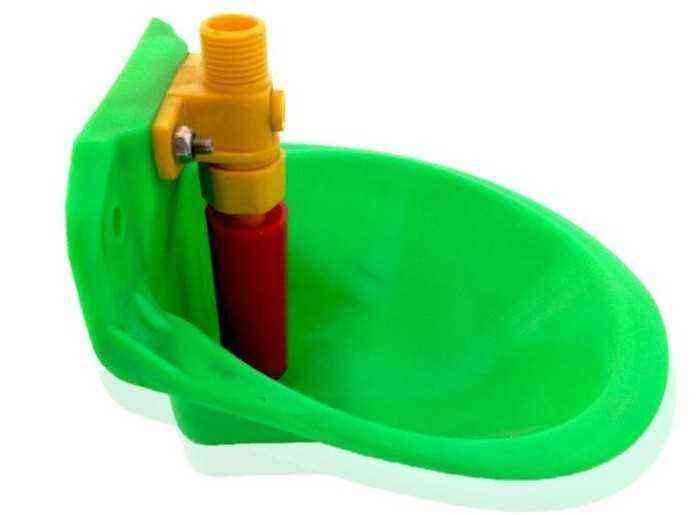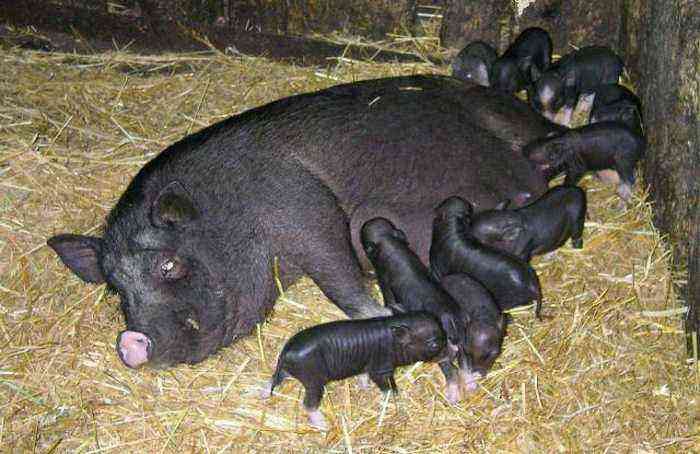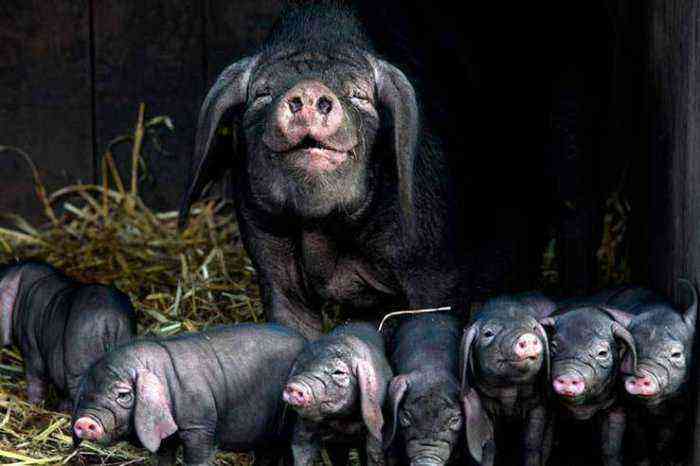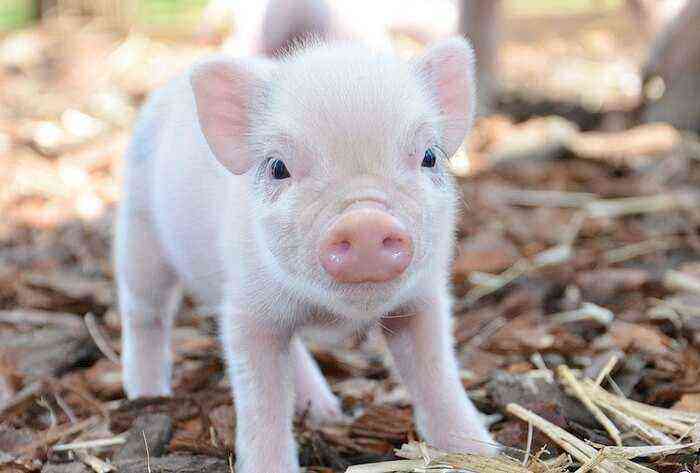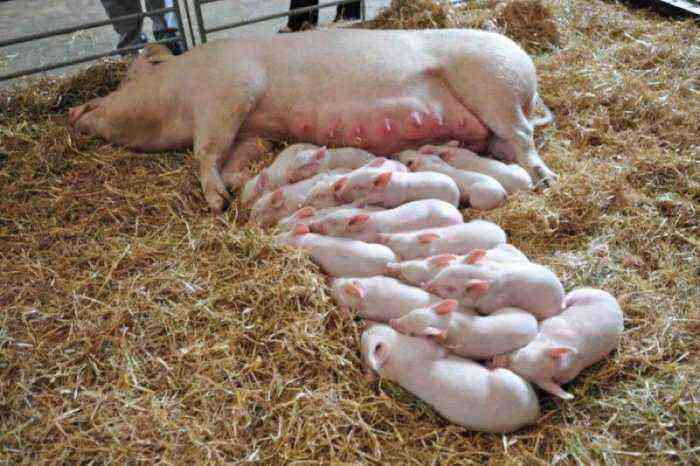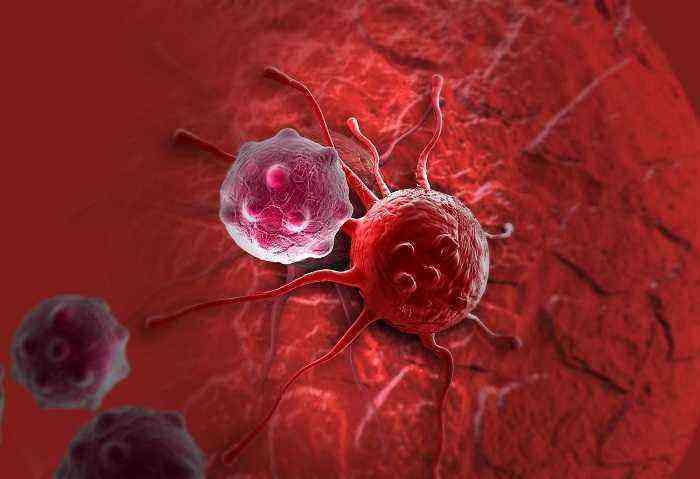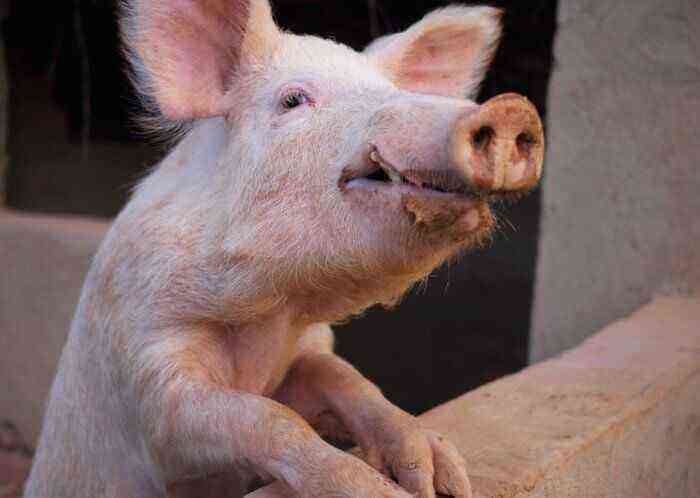The main culprit of the disease called parakeratosis of piglets — staphylococcus is a common bacterium that lives in whole colonies on the skin of many animals, without betraying itself or showing itself in any way. For a microbe to start its dirty work, certain reasons are needed, which include:
staphylococcus
- damage to the skin, occurring for a number of common reasons;
- burns of various origins (solar, chemical);
- a film of dirt (fat, feces) that protects the process of multiplying pathogens;
- high level of humidity; moisture promotes intensive reproduction of staphylococcus on the skin.
Causes of appearance
In the aggregate, the causes of parakeratosis in piglets are as follows:
- oversaturation with calcium and vegetable proteins;
- interruptions in the absorption of useful substances into the blood due to a lack of vitamin A;
- feeding with dry food;
- lack of zinc (a key factor) – a vital microelement, indispensable for baby piglets, since it is he who helps them fully grow and develop.
Important! In the diet of a piglet, zinc must be present at least 300 mg, and for a gilt, at least 500 mg is necessary. Zinc deficiency leads to liver disease in young animals, and eventually to the appearance of parakeratosis.
In the body of a healthy piglet, zinc supports the most important processes:
- structuring sustainable immunity;
- the work of taste and olfactory receptors;
- sequential sexual development.
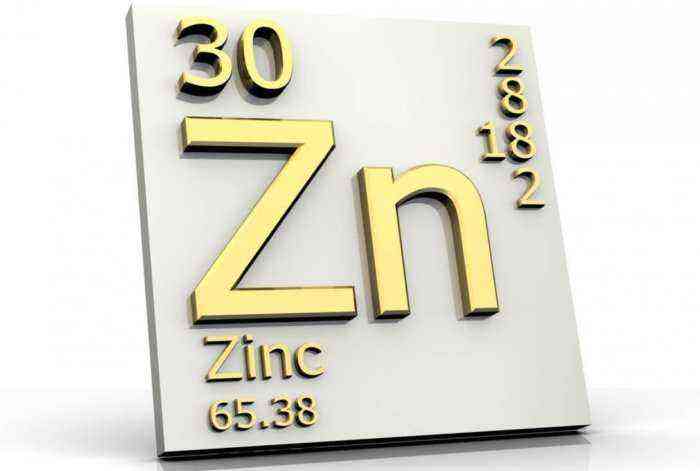
Zinc
This mineral is a component of the enzyme of the respiratory system, a stimulator of its activity. With a lack of zinc and if this is accompanied by an excess of calcium, the development of the piglet slows down, catarrh of the gastrointestinal tract develops, parakeratosis of the skin, anemia, and there are problems with the liver.
Evidence
Sick young animals develop poorly physically, lagging behind in growth. The skin is covered with dermatitis (stronger in places where the skin is thinner), the bristles come out, the piglet withers and becomes emaciated. The disease occurs in three forms: chronic, subacute and acute. Different forms of leakage are accompanied by absolutely identical symptoms.
Sharp
This form takes on the proportions of an epidemic among young animals at the age of a month or two. Symptoms resemble an intestinal disorder: appetite decreases, general lethargy, depression in behavior and reactions, diarrhea. The body of piglets is covered with pink spots, more often they are localized on the abdomen, thighs and behind the ears.
As the disease grows, the spots darken, become burgundy with cyanosis. Gradually, the spots are replaced by dermatitis all over the body of the baby, brown crusts form, especially on the legs, which forces the animals to limp and move with difficulty on trembling legs. The disease takes about two weeks, sometimes three.
subacute
It proceeds more sluggishly, with developed symptoms. This form torments pigs 2-3 months old for a whole month, or even 40 days.
Chronic
Its symptoms repeat the symptoms of the acute form of the disease, but its course is more even: there is no temperature, protein in the blood drops, and spots and itching are found in an advanced case. It is possible to suspect that the animal is ill only by its lethargy and refusal to eat.

Piglet is lethargic and won’t eat
Diagnostics
Only a veterinarian can make a comprehensive diagnosis indicating zinc deficiency in an individual’s body. The specialist proceeds from the following factors:
- clinical signs of the disease;
- chemical indicators of food, drink for the presence of useful substances such as phosphorus, calcium and zinc;
- the results of studies in special laboratories of the blood of a piglet for the presence of vitamin A, protein and zinc;
- external signs – red spots or crusts on the skin of individuals.
Specialists first rule out other health problems associated with skin dermatitis (eczema, scabies).
Important! The normal level of zinc in the blood serum of individuals is considered to be 100 mcg or more. A level below 50 mcg indicates a zinc deficiency. An indicator below 15-20 mcg signals a disease in piglets.
Treatment
Treatment of parakeratosis in pigs should be started immediately as soon as the veterinarian detects the first signs of the disease.
- One of the mandatory points of treatment is the replenishment of the diet of animals with foods high in zinc: yeast, bran, cereal sprouts, beans, peas, root crops. Colostrum is helpful in this case.
- 50-100 mg of zinc sulfate is added to the compound feed per 1 kg of dry food in the diet. Ingestion of it inside helps individuals cope with the disease in 10-15 days. At the same time, not only the symptoms of the disease decrease, but also the appetite of individuals improves, sexual activity and fertility increase.
- Piglets are injected intramuscularly with a 5% solution of zinc sulfate and vitamin A in the ratio of 1 mg of the drug per kg of body weight of the individual. Such therapy helps to eliminate the signs of the disease already on the 5th day, the animal recovers safely.
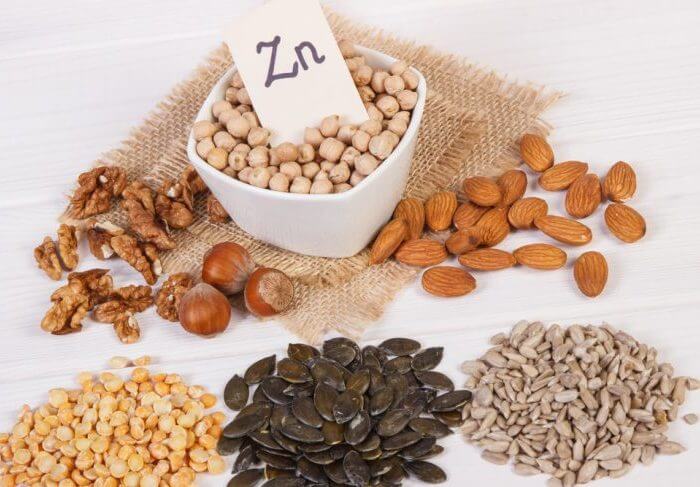
Foods containing zinc
The nature of parakeratosis is bacterial, so antibiotics do a good job with the infection, but only under specific conditions:
- antibiotics are effective against a strain of parakeratosis;
- the medicine is used in a strict dosage for the right amount of time;
- treatment started at an early stage;
- the antibiotic is absorbed by the skin in the required concentration.
Antibiotics are used both in the form of injections and orally. Drugs such as cephalospirins are only allowed as a last resort, they develop antibiotic resistance in humans. There are also local varieties of antibiotics that are applied directly to the skin layer.
One of the options for additional treatment is soap, which removes the fatty film from the skin, thereby locally destroying the skin bacteria.
Prevention
It is safe to talk about the preventive measures being taken to avoid this disease if the livestock of young piglets receives nutrition balanced in three essential components: zinc, vitamin A and calcium, taking into account the specifics of the area in which the individuals are reared.
Nutrition with a high content of zinc in the diet of piglets will serve as a reliable prevention of parakeratosis. To prevent a deficiency of this mineral, young animals need to be given the required amount of colostrum, cereal sprouts, yeast and bran.
Piglets are fed with a solution of zinc sulfate (2 kg per 1 liter of water) and given at the rate of half a ml per 1-2 kg of live weight of an individual. Even utensils for mixing feed for piglets are sprayed with this solution. Water in drinking bowls is also enriched with zinc salts.
Reliable prevention is the introduction of zinc sulfate solution intravenously. Dosage – 5 mg / kg of animal weight. It is advisable to introduce zinc sulfate into the diet of the piglet at a dose of 120 mg/kg of the feed product.
It must be remembered that the staphylococcus bacterium that colonizes almost the entire population of pigs has many faces, since there are many different strains of this infection and no one can promise with certainty that new varieties will not appear that can start the epidemic process.


